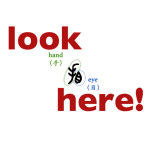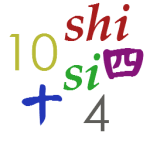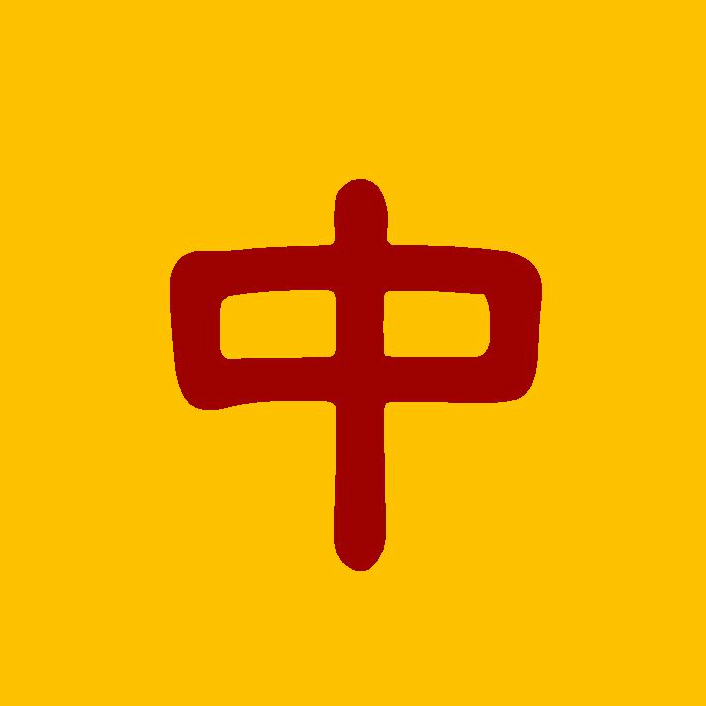Of Tunes And Flowers – Tongue Twister (2)
How did you find the tongue twister the last time? The pronunciation might have been a little hard, but the meaning was pretty straight forward, wasn’t it?
Now here’s one that’s a little more challenging.
调琴调调调调调调来调调妙
种花种种种种种种成种种香
Nope, there’s no typo here. This is a play on the Chinese characters.
On most occasions, for a Chinese character, there is one corresponding pronunciation. But sometimes there are two, or even more. This phenomenon of “字同音异”(zì tóng yīn yì, a character having various pronunciations and meanings) does pose a challenge for foreign learners, but it is great fun for Chinese scholars, who have much relish for using such characters in writing witty and profound couplets and poems.
In order to tackle this riddle-like couplet (对联 duì lián), apart from understanding the characters themselves, we also have to know where the appropriate pauses are.
Let’s now insert the pinyin and commas, and have a listen to the recording.
tiáo qín diào diào tiáo, diào diào tiáo lái diào diào miào
调 琴 调 调 调, 调 调 调 来 调 调 妙
zhòng huā zhǒng zhǒng zhòng, zhǒng zhǒng zhòng chéng zhǒng zhǒng xiāng
种 花 种 种 种, 种 种 种 成 种 种 香
Slow version:
tiao qin zhong hua slow
Normal version:
tiao qin zhong hua medium
Crazy version:
tiao qin zhong hua fast
Let’s first look at the character “调”, which has two pronunciations “tiáo” and “diào”. If we zoom in to details actually there are quite a few meanings to each of them, but here they each mean:
“tiáo”: (v) to harmonize, to play
“diào”: (n) tune
Next we’ll look at “种”, which has three pronunciations – “zhòng”, “zhǒng” and “Chóng”. Only “zhòng” and “zhǒng” are used here. (“Chóng” is a surname.)
“zhòng”: (v) to plant
“zhǒng”: (n) seed; kind, type
And now the rest of the characters, which are less threatening!
qín
琴 – (n) musical instrument
lái
来 – (aux) a filler for songs and poems
miào
妙 – (adj) wonderful
huā
花 – (n) flower
chéng
成 – (v) to become
xiāng
香 – (adj) fragrant
Ok, so let’s jump in and try to look at the whole picture.
tiáo qín
调琴 – to play an instrument
diào diào tiáo
调调调* – to play all kinds of tunes
diào diào
调调 – all the tunes
tiáo lái
调来** – being played
diào diào miào
调调妙 – all the tunes are wonderful
zhòng huā
种花 – to grow flowers
zhǒng zhǒng zhòng
种种种* – to grow all kinds of flowers
zhǒng zhǒng
种种 – all the flowers
zhòng chéng
种成 – grow and blossom
zhǒng zhǒng xiāng
种种香 – all the flowers are fragrant
So when put together, translated liberally, this couplet basically means
Every tune played is wonderful
Every flower planted is fragrant
Note:
* When a noun or a measure word is duplicated, the double character expression means ‘everything’. So here, “调调” (diào diào) means ‘all the tunes’, while “种种” (zhǒng zhǒng) means ‘all kinds of flowers/ all the flowers’.
** Here, ‘来’ does not mean ‘to come’. It is an auxiliary word used as a filler for songs and poems.
Phew, that was quite a mouthful and definitely not quite easy to understand huh? Well, Chinese is a totally different language from English, it’s going to take a lot of getting used to. Not to worry though, this is not common parlance anyway! But it’s good practice for improving your pronunciation, so do try it. Get into the mood by finding a garden full of flowers and playing some beautiful background music! On a more serious tone though, when you get used to reciting rhymes and songs, you’ll be on the way to getting a good feel of the Chinese language too!
Before I end off, here’s a quiz. The title of this post is “调调琴 种种花 练练调”. Care to guess how it is should be pronounced, and what it means?
Be on the look out for the answer in my next post!
If you’ve enjoyed this, don’t forget to hit one of the sharing buttons below, and do join me on Google+/ Facebook/ Youtube/ Twitter/ Pinterest !










